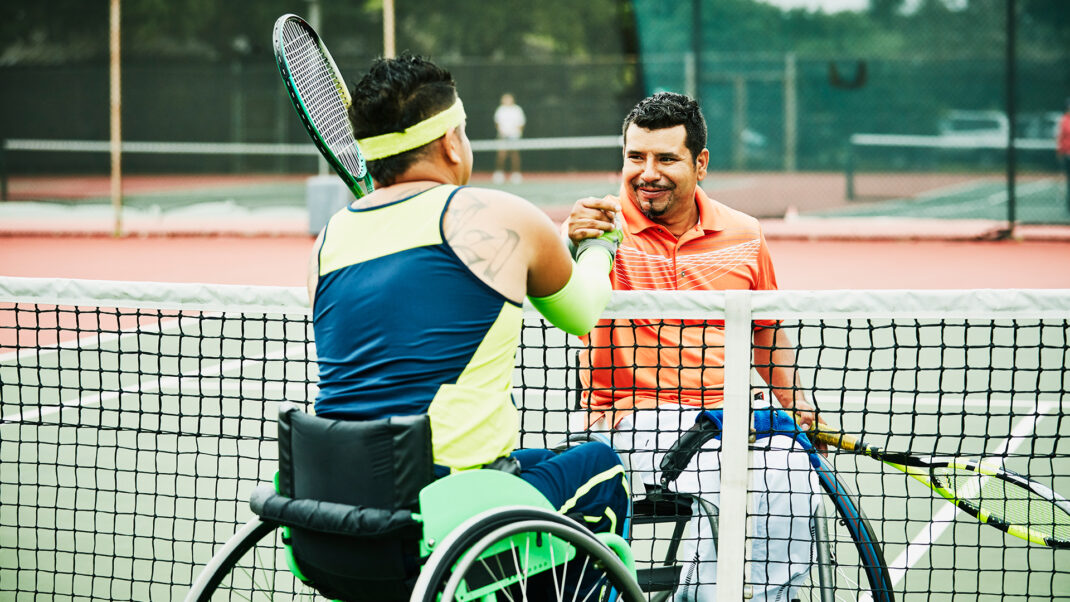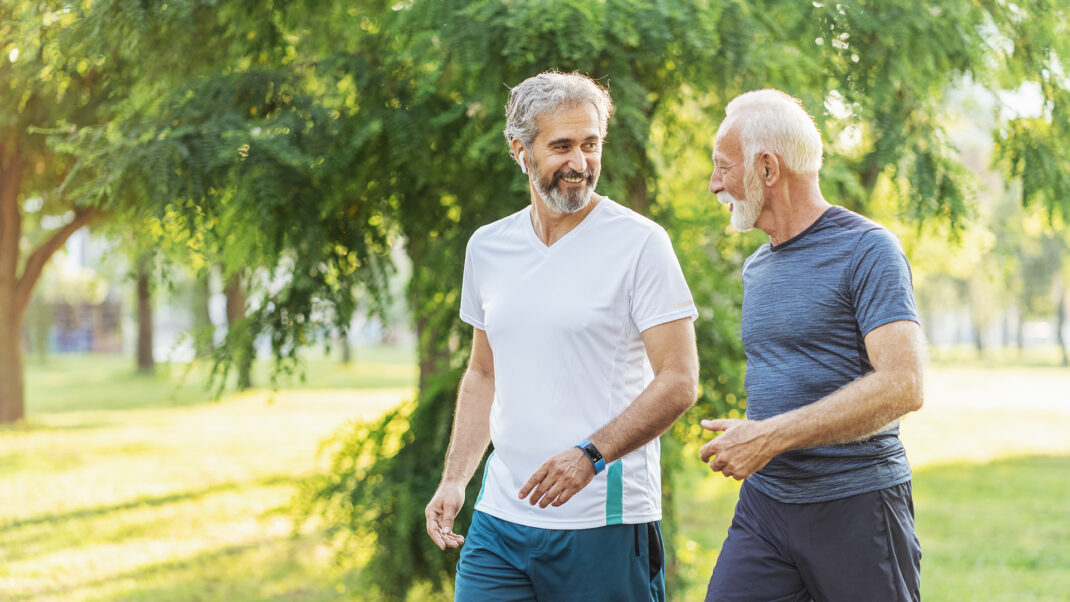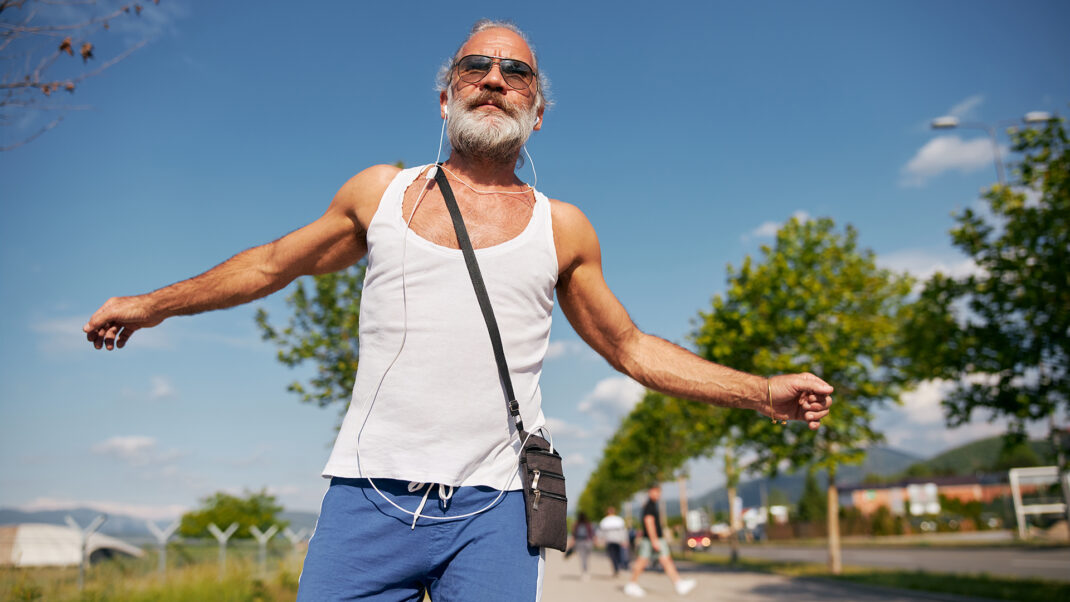Feeling a Little Weak in the Knees? Try Deep-Water Running
The impact of land-based running can often have significantly debilitating effects
on the body. Yet running is one of the most popular cardiovascular activities, and
enthusiasts have difficulty cutting back, despite the potential for injury. If this is the case with a client of yours, you might suggest deep-water running (DWR) as a more accommodating alternative to the unforgiving terrain of city streets.
A study published in the Journal of Strength and Conditioning Research (2006; 20 [4], 919–27) sought to determine whether two forms of DWR—cross-country (CC) and high-knee (HK)—would provide similar aerobic and kinematic benefits to treadmill running (TR). Researchers tested 20 male and female NCAA Division III runners for VO2max, 60% VO2max and biomechanical kinematics (with markers placed at each joint) during TR. Each athlete was then fitted with an AquaJogger Pro flotation device, entered the deep end of a pool and used the rating of perceived exertion (RPE) scale to determine intensity. The goal was to maintain 60% VO2max. Each athlete performed CC (visually similar to traditional land-based running) for 5–6 minutes, rested and then performed “pistonlike knee movement” for a further 5–6 minutes.
Results determined that both methods of DWR provided similar oxygen consumption to TR. Researchers found biomechanical differences between the methods, in that CC mimicked TR’s range of motion and gait pattern, while HK was similar to TR in stride rate. Athletes reported higher RPE in DWR than in TR, perhaps because of the water’s natural resistance. Study authors concluded that each method of DWR was effective in providing positive physiological effects and suggested that exercisers could request HK or CC depending on whether their focus was specificity of training (in which case, CC would be the better choice) or stride rate (HK would be more desirable).
—Ryan Halvorson
Joy Keller
Joy Keller is the director of marketing communications & PR at IDEA, and has also served as executive editor of IDEA Fitness Journal, IDEA Fitness Manager, IDEA Pilates Today, and IDEA Fit Business Success. She is also a certified personal trainer, indoor cycling instructor and yoga teacher (RYT 200).






